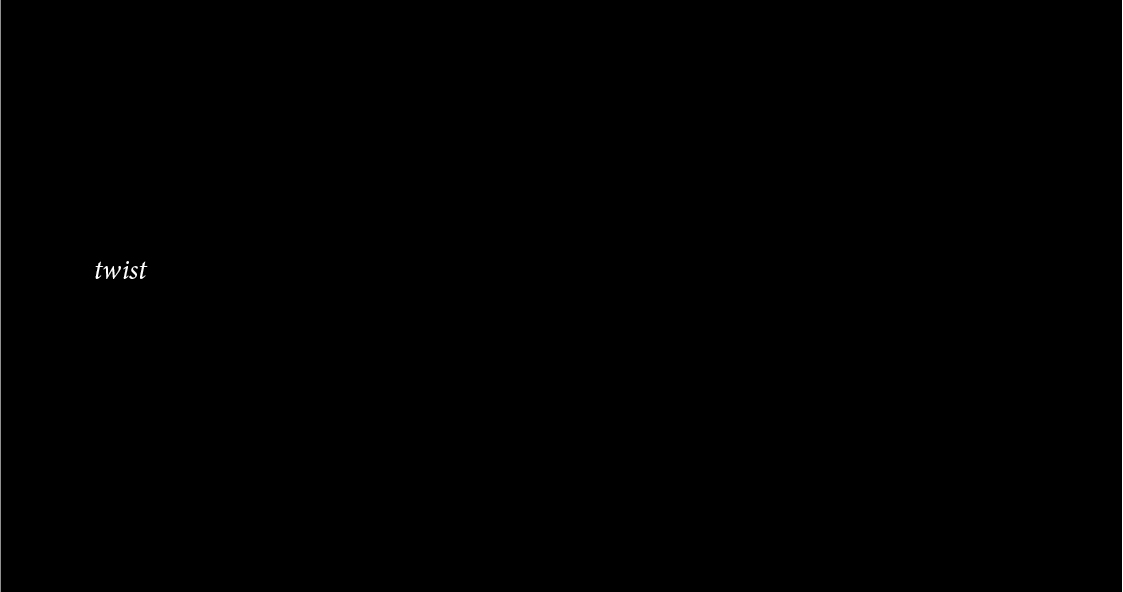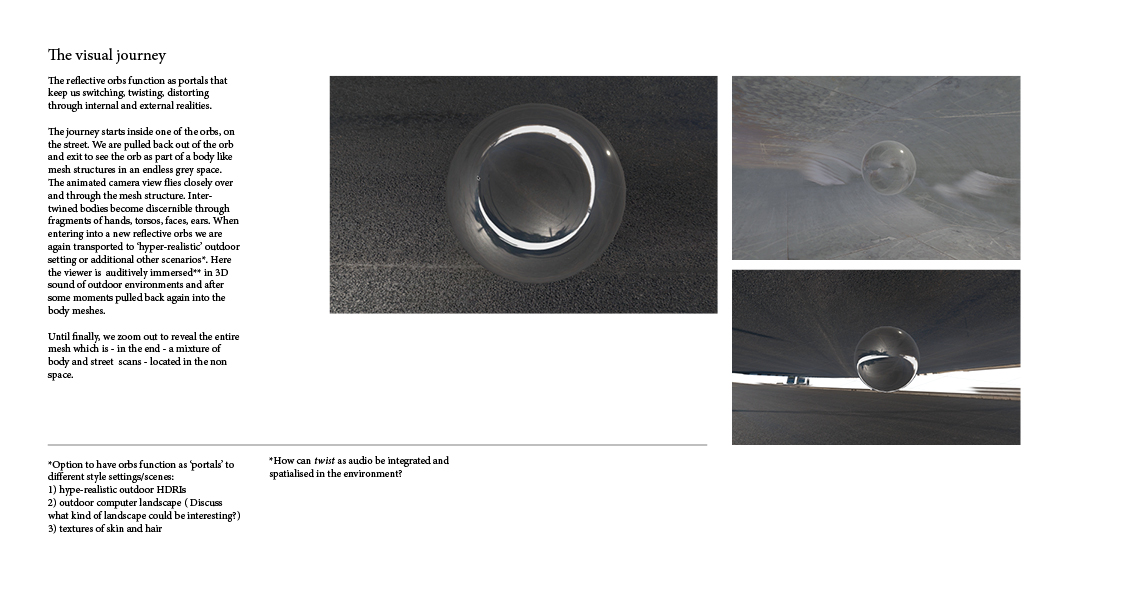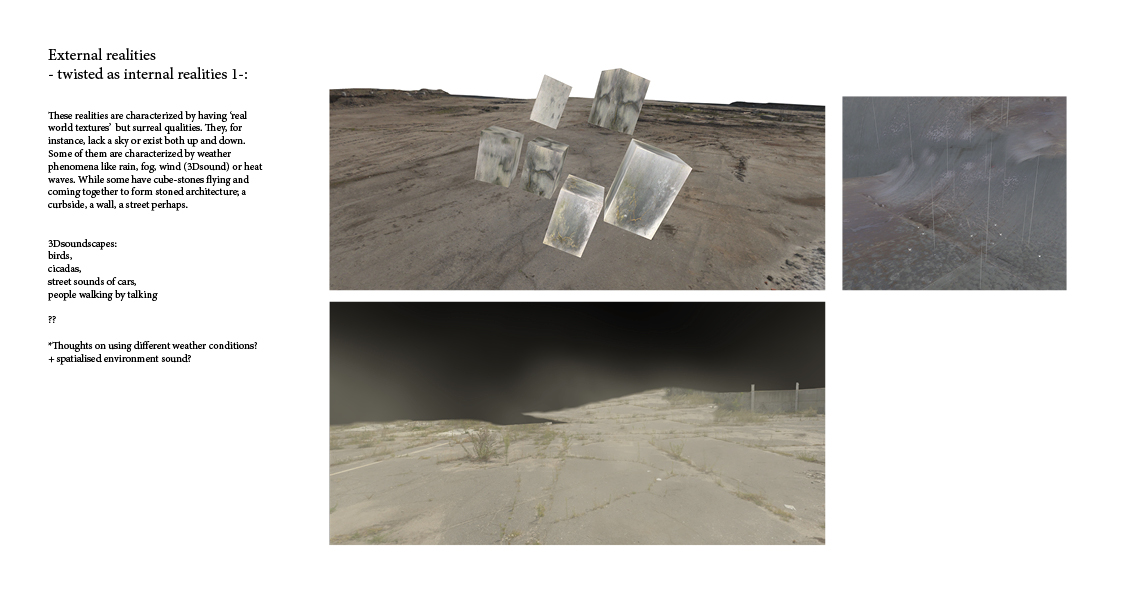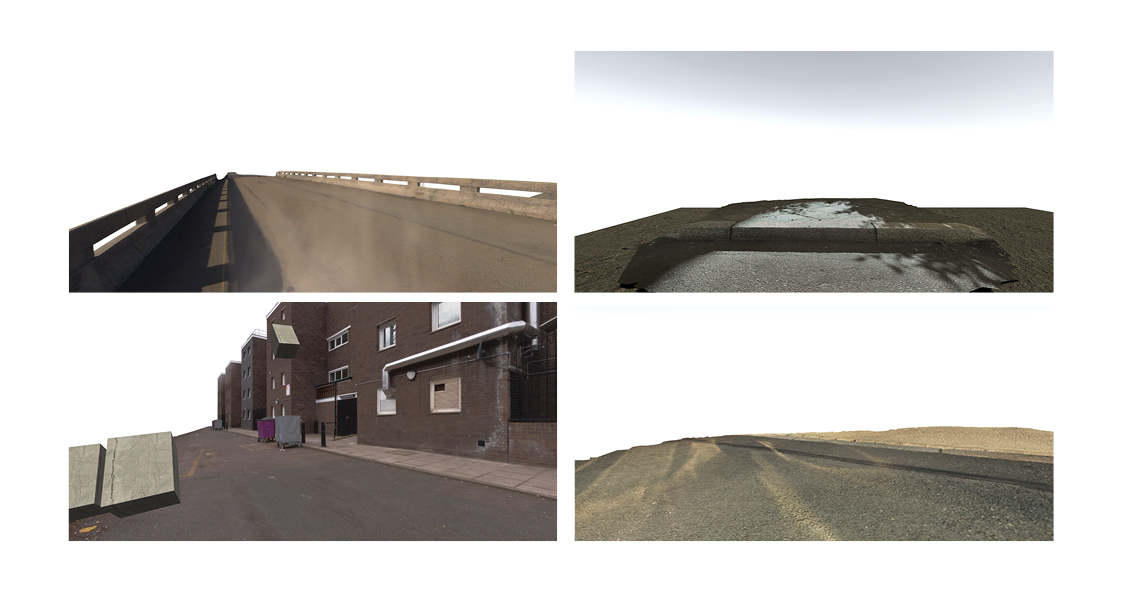mNo edit summary |
mNo edit summary |
||
| Line 7: | Line 7: | ||
While it was not possible to work in the DBL - and make real technical progress or get a more hands-on understanding of the physical-digital-space - do to the pandemic restrictions, I ''was'' able to make some progress on the conceptual stages of the VR experience and how these 'stages/spaces' relate to and connect within one another. | While it was not possible to work in the DBL - and make real technical progress or get a more hands-on understanding of the physical-digital-space - do to the pandemic restrictions, I ''was'' able to make some progress on the conceptual stages of the VR experience and how these 'stages/spaces' relate to and connect within one another. | ||
Space 1 - External realities | |||
In the poem the external space - conjured up through words like 'street', 'pavement', 'dry asphalt' is speaking about internal realities of the protagonist(s). In the VR space I (more and less) heavily edited HDRI images to create a 'hyperreal - texture - environment' , that feels both 'real' and imagined/surreal at the same time. | In the poem the external space - conjured up through words like 'street', 'pavement', 'dry asphalt' is speaking about internal realities of the protagonist(s). In the VR space I (more and less) heavily edited HDRI images to create a 'hyperreal - texture - environment' , that feels both 'real' and imagined/surreal at the same time. | ||
| Line 19: | Line 15: | ||
Into this space I bring a mixture of 3D models created with Photogrammetry (see documentation previous semester) and photographed textures (e.g. rock) onto simple cube geometries. | Into this space I bring a mixture of 3D models created with Photogrammetry (see documentation previous semester) and photographed textures (e.g. rock) onto simple cube geometries. | ||
The environments created in this was are vitalised by using weather apparitions like extreme, swirling heat, rain or dust clouds from the Unity Particle Pack, as well as animating the cubes to fly past the viewer and come together in architectonic formations. | The environments created in this was are vitalised by using weather apparitions like extreme, swirling heat, rain or dust clouds from the Unity Particle Pack, as well as animating the cubes to fly past the viewer and come together in architectonic formations. | ||
[[File:twist documentation WS2020.jpg]] | |||
[[File:twist documentation WS20202.jpg]] | |||
[[File:twist documentation WS20203.jpg]] | |||
[[File:twist documentation WS20204.jpg]] | |||
Revision as of 13:16, 27 March 2021
Concept
This semesters work is a continuation of the VR - poem 'twist / the edges to dry asphalt' created in a collaborative work with the poet Malina Heinemann in response to her poem 'twist' as performed at 'drift' (Horse and Pony in Berlin) in 2019.
The VR work and creative process this semester centres around the translation and abstraction of elements of the spoken word poem into interconnected three-dimensional, digital spaces inside one VR space.
While it was not possible to work in the DBL - and make real technical progress or get a more hands-on understanding of the physical-digital-space - do to the pandemic restrictions, I was able to make some progress on the conceptual stages of the VR experience and how these 'stages/spaces' relate to and connect within one another.
Space 1 - External realities
In the poem the external space - conjured up through words like 'street', 'pavement', 'dry asphalt' is speaking about internal realities of the protagonist(s). In the VR space I (more and less) heavily edited HDRI images to create a 'hyperreal - texture - environment' , that feels both 'real' and imagined/surreal at the same time.
Into this space I bring a mixture of 3D models created with Photogrammetry (see documentation previous semester) and photographed textures (e.g. rock) onto simple cube geometries.
The environments created in this was are vitalised by using weather apparitions like extreme, swirling heat, rain or dust clouds from the Unity Particle Pack, as well as animating the cubes to fly past the viewer and come together in architectonic formations.



